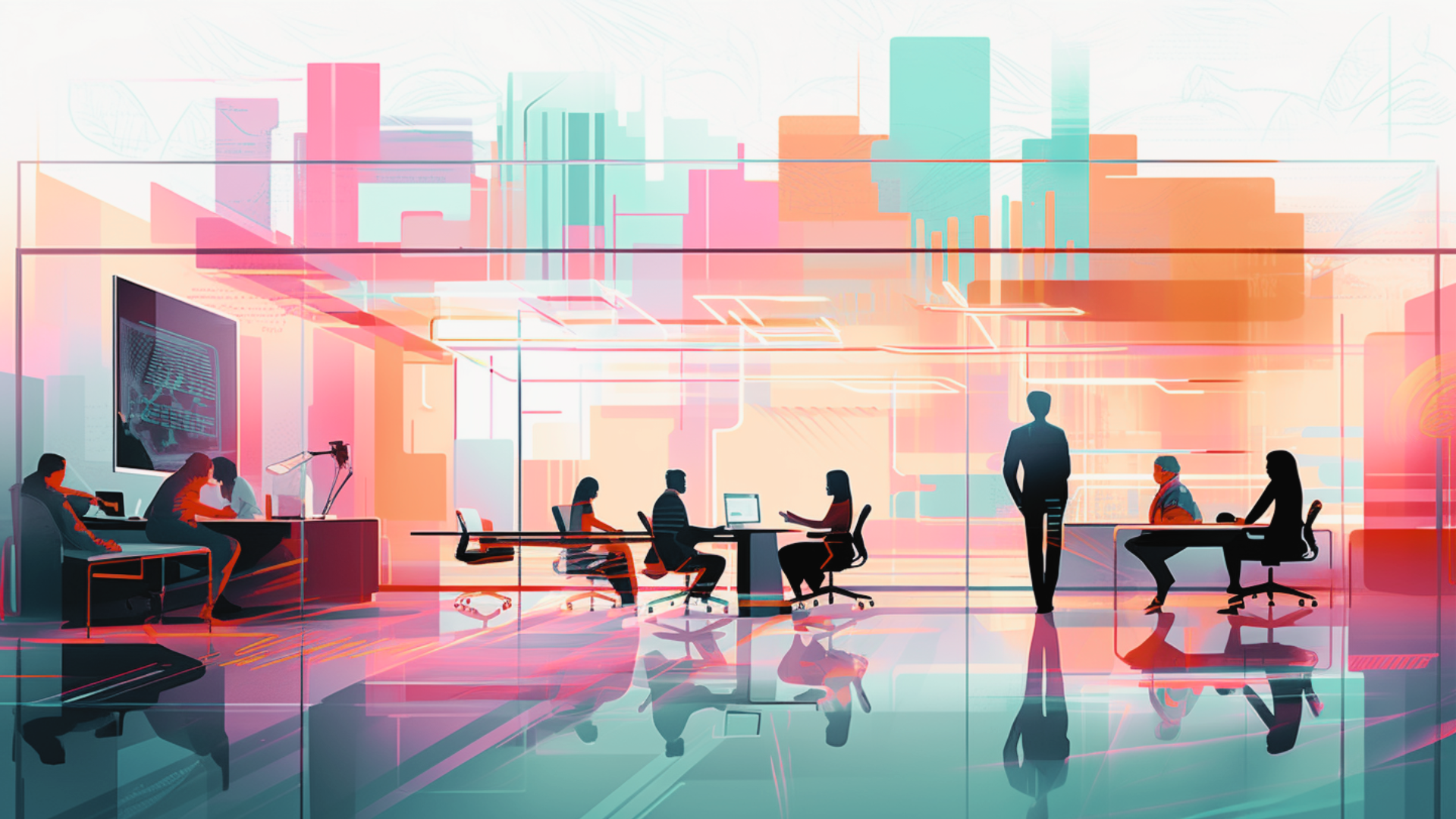
From Burned Out to Balanced: Designing Workplaces for Well-Being and Productivity
Feeling stressed, overwhelmed, and burned out seems to have become an all-too-common...

In today’s dynamic business landscape, the key to an ideal workplace might surprisingly lie in nature. Observing the intersections of ecosystems, like where forests meet plains, reveals a potent concept: the ‘Edge Effect’. This principle, grounded in biodiversity, offers a fresh, transformative lens for office design. Let’s explore how this natural phenomenon can redefine our workspaces and propel business innovation.
In nature, where different ecosystems meet, such as where a forest borders a savannah or a river flows into the ocean, there’s a unique phenomenon known as the ‘edge effect’. This is a place where biodiversity thrives. Now, imagine if we could apply this concept to workplace design. What if the meeting points of diverse work environments could spark a similar surge of creativity, innovation, and productivity? For business leaders looking to enhance their workplaces for employee well-being and productivity, this idea offers a fresh perspective.
Think of a workplace not as a uniform array of cubicles but as a lively ecosystem of diverse ‘work habitats’. These could include open spaces that encourage collaboration, quiet zones for focused work, and informal areas for relaxation and casual chats. Each of these habitats serves a unique purpose, much like different habitats in nature.
The real power of this design comes to life at the intersections, the ‘edges’ where these habitats meet. At these edges, employees can move fluidly from one habitat to another, adjusting their environment to suit their tasks and moods. For example, a software developer might brainstorm innovative ideas in a collaborative open space, then move to a quiet zone to write code, and finally unwind in an informal area. This fluid movement across habitats, inspired by the edge effect, can enhance productivity and job satisfaction. Moreover, the dynamic interplay of work habitats can spark creative ideas, fostering a vibrant, innovative ecosystem within the workplace.
However, implementing the edge effect in workplace design does present challenges. Balancing the needs of diverse work habitats and ensuring smooth transitions between them can be complex. But these challenges can be overcome with innovative solutions. For instance, flexible furniture and adaptive design elements can create fluid interfaces between work habitats. Regular feedback from employees can help adjust the design to meet their evolving needs. By adopting these strategies, organizations can successfully harness the power of the edge effect.

Looking to the future, the edge effect provides a visionary blueprint for workplace design. By embracing this concept, we can create workplaces that not only foster innovation and productivity but also promote well-being and sustainability. The edge effect, therefore, is more than just a metaphor. It’s a call to action for business leaders to reimagine their workplaces, transforming them from mere physical spaces into vibrant ecosystems that nurture creativity, productivity, and well-being.
Ultimately, the edge effect in workplace design is about more than just enhancing productivity or fostering innovation. It’s about creating a workplace that respects and nurtures the diverse needs of its inhabitants, much like an ecosystem in nature. It’s about creating a workplace where employees don’t just work, but thrive. And in doing so, it’s about actively influencing the future evolution of work itself.